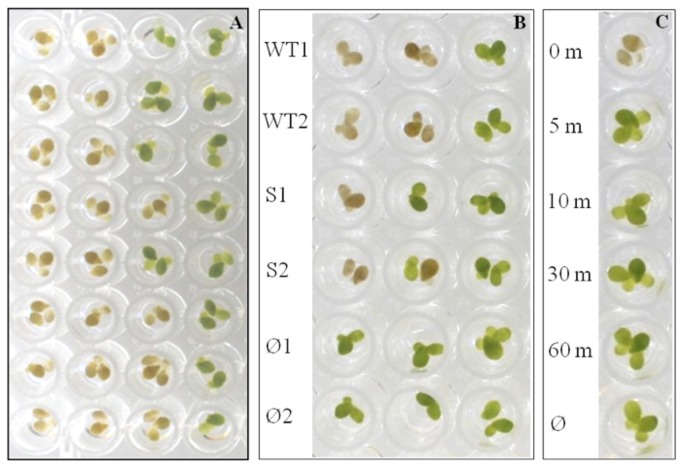Figure 1. Lemna minor provides both quantitative and qualitative assessments of bacterial strain lethality.
A. 50% lethal dose can be determined by assessing plant survival after a given timepoint. An overnight culture of a given strain was washed and inoculated into each well of column 1, then 10-fold serially diluted into each subsequent column using a multichannel pipette. Bacterial counts were generated using a multichannel pipette by spotting 10 μl from each well on agar. For Bcc infections, surviving plants were counted after 96 h. B. Supernatants of wild type and shvR-deficient B. cenocepacia affect duckweed at different dilutions. Two 5-day cultures were lyophilized, resuspended in deionized water and 4-fold serially diluted into duckweed-containing wells for each strain: WT, wild type B. cenocepacia K56-2; S, K56-2 harbouring a TpR cassette in gene bcas0225, also known as shvR; Ø, blank SHS media control. Results are shown at 72 h post-inoculation. C. Heat-killed B. cenocepacia K56-2 has no effect on duckweed. A dense (~ 1x109 cfu/ml) K56-2 suspension was incubated at 65°C for different lengths of time (shown in min beside each well) and then inoculated into a plant-containing well. A lack of viable cells from a 5-min incubation onward was shown by spotting the suspensions on LB agar.

